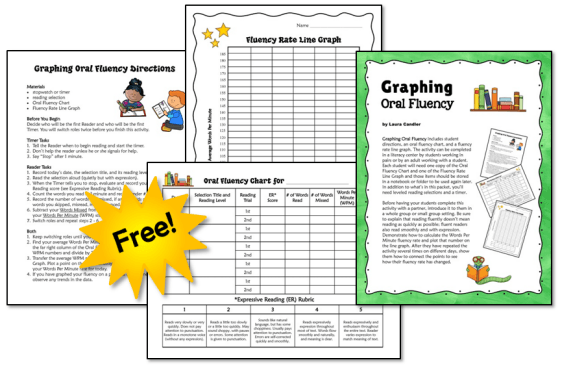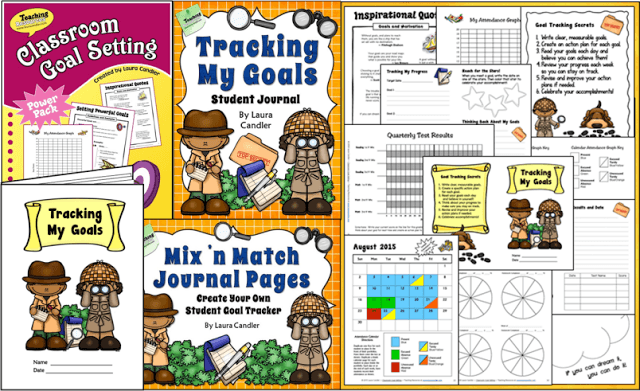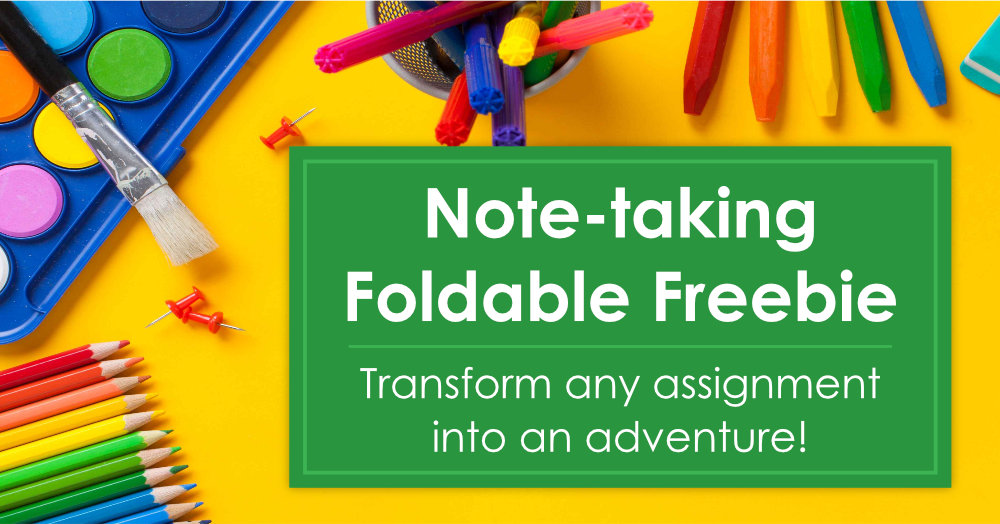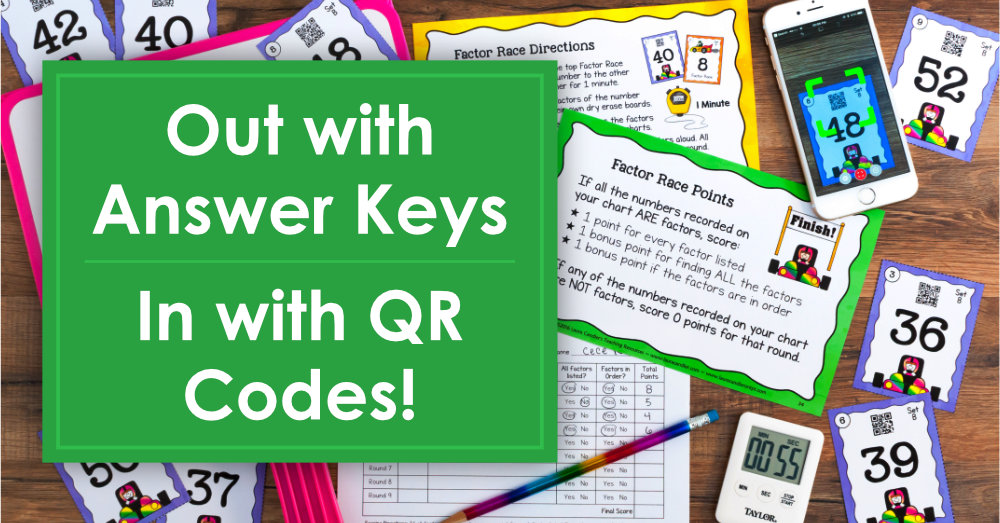Fluent readers sound more expressive when they read aloud, and they also comprehend the text far better than those who are not as fluent. This makes perfect sense when you consider how much energy a reader wastes when he or she has to slowly decode every word in a passage.
To help my 5th graders improve their oral reading fluency, I developed a partner practice activity that also served as an informal oral reading fluency assessment. The lesson was so effective that I wanted to share it with other teachers in the form of a downloadable freebie. Graphing Oral Fluency includes student directions, the Oral Fluency Chart, and the Fluency Rate Line Graph. Feel free to use these resources with your own students, but please remember that the activity is an informal tool for tracking fluency and it’s not a research-based assessment tool.
Introducing the Importance of Oral Reading Fluency
When I introduced the activity to my class, I explained why reading fluency is important and modeled how a fluent reader might sound as compared to a reader who is not as fluent. Then I showed them how to time each other for one minute as they read aloud, and how to help each other calculate the average number of words they read per minute.
We also discussed the fact that being fluent doesn’t mean speeding through the text with no errors; good readers also read with expression and enthusiasm, adjusting their reading rate and volume according to the meaning of the text. To help them become more aware of this aspect of fluency, I explained how to use the “Expressive Fluency” self-assessment rubric located under the Oral Fluency Chart.
Finally, I showed my students how to plot their oral fluency rate on a line graph and record their expressive fluency rate at the bottom of the page. My students completed this activity every few weeks and plotted their improvements over time.
Because my students were 5th graders, they could handle this activity as a partner assignment in a literacy center. Younger students would probably need a teacher assistant or parent volunteer to administer this assessment one-on-one.
Classroom Goal Setting and Data Tracking
The Oral Fluency Chart and the Fluency Rate Line Graph make great additions to student portfolios and “data binders.” If your school is implementing a classroom goal setting program, you’ll find oral fluency to be another area where students can set goals, create action plans, and track their progress. If you haven’t seen the resources in my Goal Setting and Data Tracking Journal Combo, click the image below to check them out.










